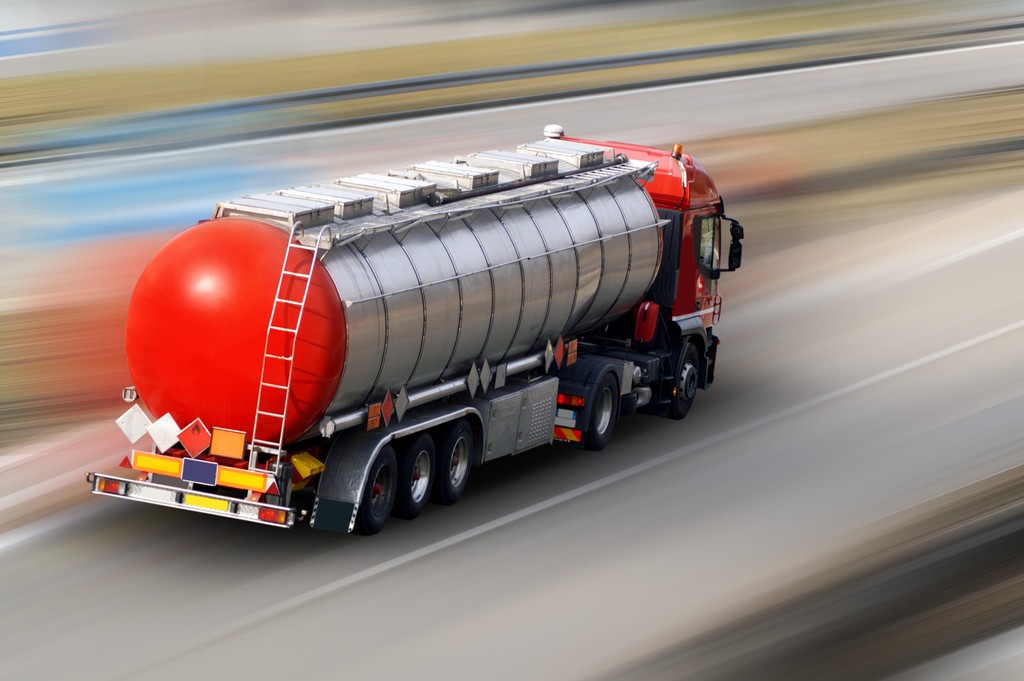The Basics: Transport Natural Gas by Truck
Natural gas is currently considered as the cleanest burning fossil fuel. In its liquified state, demand for it has increased as the worldwide need for cleaner energy has similarly skyrocketed.
- The conversion of natural gas to liquid is done by cooling it to a temperature of -162 degrees centigrade.
- Compared to natural gas, liquified natural gas spreads to a smaller volume thereby allowing it to be transported in far distances in a cost-efficient manner. They can even be transported to areas where no pipelines or no natural gas source exist.
- Natural gas can be transported in ships or trucks specially equipped with cryogenic containers. Once it reaches its destination, natural gas is re-gasified in order to be redistributed as pipeline natural gas.
Vehicle Requirements to Transport Natural Gas by Truck
When storing liquified natural gas, the facility must be able to manage cryogenic temperatures.
- Trucks need to be specially equipped with dual-fuel engines
- The truck’s onboard fuel tank must be adapted for natural gas use
Similarly, refuelling stations by the roadside as well as fuelling equipment need to be suited for cryogenic temperatures. Though these immediately boosts the cost of using natural gas, the latter offers relevant benefits to the environment.
- Trucks that use natural gas as a fuel are able to emit 75% less nitrogen oxide emissions.
- Natural-gas powered trucks also emit 13% less carbon dioxide emissions compared to trucks powered by diesel.
How to Transport Natural Gas by Truck
Special trailers that can carry liquified natural gas are able to deliver natural gas from storage tanks to fueling stations. Once delivered, natural gas needs to be stored in insulated tanks at the fueling station.
However, insulation alone is insufficient to keep the natural gas’ temperature low. During storage, natural gas is kept at “boiling cryogen” levels. Essentially, it is cold liquid kept at its boiling point and remains there at low temperature via evaporative cooling.
The temperature is kept constant by allowing the vapours of the natural gas to leave the tank. Once the tank is at the refuelling site, the vapour becomes compressed natural gas and sold to passenger vehicles as liquified compressed natural gas.
However, using natural gas in passenger cars is not a viable option as cars have the tendency to be idle at longer time periods consequently leading to increased evaporative losses.
- Since the process of liquefying as well as shipping natural gas is costly, natural gas is, therefore, more applicable in areas where the supply of indigenous gas is short or where the limited competition of pipeline gas exists.
- Large amounts of liquified natural gas are transportable solely by sea. When used in large-scale operations, its transport is limited to areas accessible through a port.
- Heavy-duty trucks are ideal vehicles to use liquified natural gas because of its high mileage. Such trucks need to possess a special natural gas diesel dual-fuel engines.
- Compared to compressed natural gas, liquified natural gas possess higher storage density and is, therefore, more suited as a diesel fuel alternative.
- Refuelling stations are also necessary along with storage tanks for the cold natural liquid gas.
The Current State of Natural Gas Transport
The world’s liquified natural gas is currently transported by ships installed with cryogenic tanks.
- A study conducted in 2006 shows the possibility of natural gas to be produced and delivered economically from $2.5 to $4.6 per Giga Joule. The rate would largely depend on terms stated by countries producing it.
- Mostly though, natural gas is re-gasified at the port and delivered farther inland through pipelines.
- The case is different when natural gas is used in trucks as gas first needs to be delivered via special trailers to inland refuelling sites.
- Transporting the liquified natural gas is possible using special tankers. The gas is converted to vapour in order to collect energy from it.
- Tankers used for liquified natural gas are easy to identify due to their spherical shape. The tankers’ top half is usually located above deck. The reason for the shape is due to the pressure resistance as well as the tanks’ heat insulation capability.
- The reason for the spherical shape is for the tanks to maintain heat insulation and pressure resistance.
- In order for the tanks to not go beyond the maximum allowed pressure, specific mechanisms are properly in place.
- Once the liquified natural gas arrives at its destination, it needs to be vaporized anew. The process of regasification occurs inside a heat exchanger. It starts when the warmer medium converts the natural gas to ambient temperature. After which, the natural gas is distributed in gas form in the pipelines.
The Environmental Benefits of Natural Gas
Natural gas, if utilized as a fuel for transport, is able to produce 25% less greenhouse gas emissions per km compared to diesel. Other significant benefits include:
- Natural gas emits little to no sulphur oxides as well as particulate matter compared to engines powered by petroleum.
- The lifetime greenhouse gas emissions of liquified natural gas trucks “on a well-to-wheel” basis is less than the emissions of diesel trucks
- In a study made by researchers from Spain’s University of Zaragoza, natural gas usage could lead to the eventual use of synthesized CO2 and H2 – a medium to a long-term form of more environmentally friendly biogas.
Related article: Why Transport Your Goods By Truck?
The Increasing Worldwide Use of Natural Gas
The global transport industry has seen a significant presence, albeit small, of natural gas. The following are facts about the current worldwide usage of natural gas.
- 23 million vehicles, or approximately 2% of the world’s billions of vehicles, are powered by natural gas
- Most vehicles running on natural gas are located in South America and Asia
- Only 2 million natural gas vehicles are currently operating in Europe
- The worldwide fleet of natural gas vehicles has increased since 1996 from less than a million to 23 million.
- Europe is promoting the use of natural gas in the transport sector by constructing re-gasification terminals in trading hubs where pipeline access is non-existent
- Europe is similarly creating a project called “Blue Corridor” where it sees 14 new natural gas stations are to be located across its continent with the goal of connecting its central, northern and southern parts
- An increase in natural gas supply from the US and Australia sees the cost of liquified natural gas to drop in Europe.
- Governments are being recommended to further promote the use of liquified natural gas technology by giving customers direct tax reduction, decreased import tariffs, toll benefits, conversion kits.
Conclusion
The transport of natural gas by truck leads to more fueling opportunities as well as more improved, efficient, and larger truck technology. It is also a cost-effective and environmentally-friendly choice due to decreased greenhouse gas emissions.
Using natural gas could drastically decrease a country’s dependence on oil. Current numbers show that 8 million heavy-duty and medium-weight trucks consume three million oil barrels per day.
A conventional heavy-duty truck when replaced with a natural gas heavy-duty vehicle is equal to the removal of 119 on-the-road combustion car engines. Plus, natural gas engines are ninety percent cleaner. Though natural gas trucks are relatively more costly than diesel, grants and tax credits are available to assuage incremental costs.
Related article: Best trucking companies in Canada
Sign up for industry alerts, insights & news from RoadLINX

